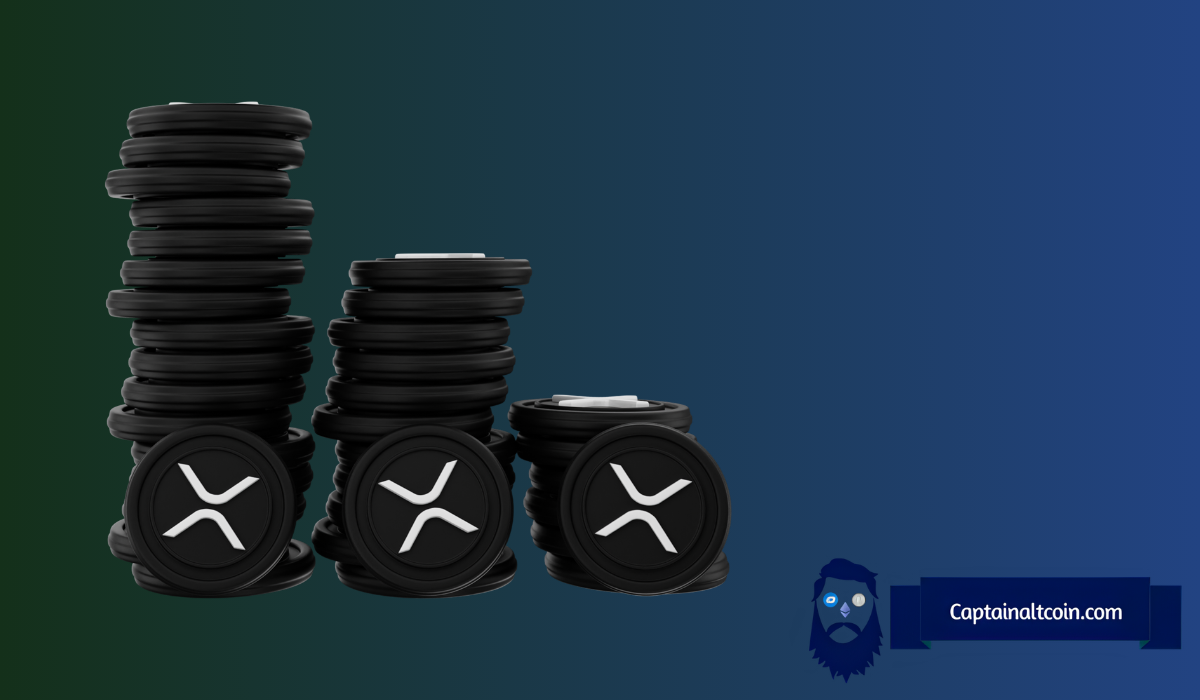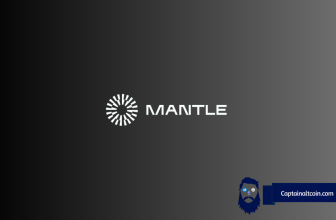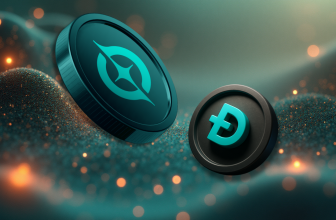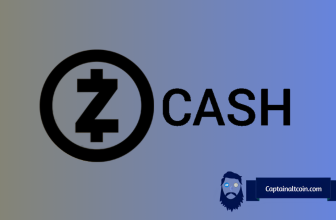
Coinbase announced they filed for the CFTC to self-certify XRP futures with the goal to gain exposure to one of the most liquid digital assets. The contract is scheduled to go live on April 21, 2025.
Pro-XRP lawyer John E. Deaton explained via X why Coinbase made this move.
What you'll learn 👉
The Hidden History of XRP and the SEC
In January 2019, Coinbase approached the SEC to inform them that they had evaluated XRP through their digital asset framework and determined it was not a security. The Coinbase team had some of the best securities lawyers in America. Being responsible, they went to the SEC to check if their view on XRP matched the regulator’s view before listing it.
Before this meeting, SEC enforcement lawyers were already well-informed about XRP and its connection to Ripple. FinCEN had settled with XRP in 2015 and shared the settlement terms with the SEC. Both agencies received audits of all XRP sales from 2015 to 2020. Even more revealing, SEC enforcement lawyers had written an XRP Howey Analysis Memo dated June 13, 2018 – just one day before William Hinman delivered his speech declaring Ethereum was no longer a security.
Let’s do an XRP/Coinbase recap:
— John E Deaton (@JohnEDeaton1) April 4, 2025
In January 2019, the @coinbase team went to the @SECGov and informed the SEC that Coinbase had run XRP through its digital asset Framework and determined XRP NOT a security. The Coinbase team was made up of some of the most experienced securities… https://t.co/cZteJy17uw pic.twitter.com/qFmHbPQNBH
Similar to Coinbase’s legal experts, the SEC enforcement team apparently did not conclude XRP was a security in 2018. The lawyers who authored the XRP memo neither recommended enforcement action nor suggested a cease and desist order to stop Ripple, Brad Garlinghouse, or Chris Larsen from selling XRP.
Read also: Expert Predicts Major XRP Price Rebound as Key Buy Signal Flashes
From Listing to Legal Battle
During the January 2019 meeting, Coinbase told the SEC they planned to list XRP unless the agency disagreed with their analysis. The SEC neither disagreed nor discouraged Coinbase from moving forward. One month later, on February 26, 2019, XRP was listed on Coinbase.
Following the listing, Coinbase actively promoted XRP’s utility alongside USDC for free international money transfers. However, nearly two years later, on December 22, 2020 – after 7½ years of XRP trading publicly in the United States – the SEC suddenly claimed XRP was a security and sued Ripple and its executives.
The SEC went even further, arguing that all XRP tokens were securities regardless of how they were acquired or who sold them. In response, 75,000 XRP holders joined the case as amici. Judge Torres, citing thousands of XRP holder affidavits, ultimately sided with Ripple, Coinbase, and the holders, ruling that XRP itself was not a security.
Within hours of that decision, Coinbase and other exchanges re-listed XRP. And now Coinbase has announced this futures contract filing, representing another vote of confidence in XRP’s regulatory status.
According to Deaton, this saga represents an enormous waste of money, resources, and time – but in the end, XRP’s supporters prevailed.
Subscribe to our YouTube channel for daily crypto updates, market insights, and expert analysis.
We recommend eToro
Wide range of assets: cryptocurrencies alongside other investment products such as stocks and ETFs.
Copy trading: allows users to copy the trades of leading traders, for free.
User-friendly: eToro’s web-based platform and mobile app are user-friendly and easy to navigate.









